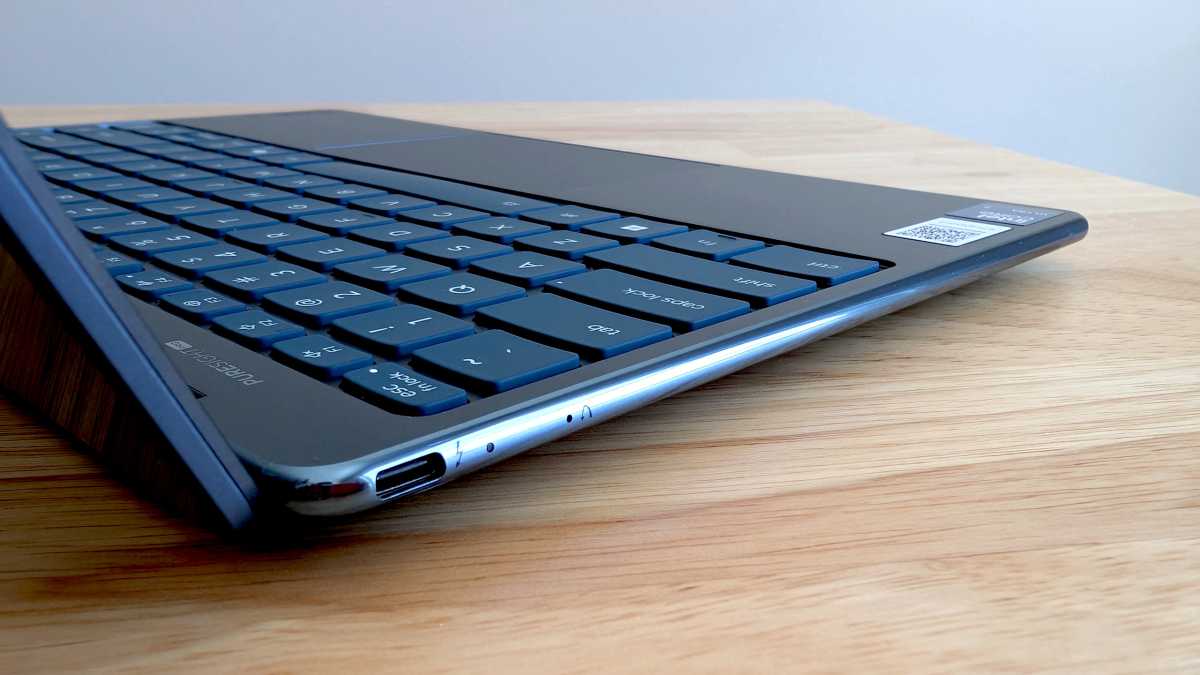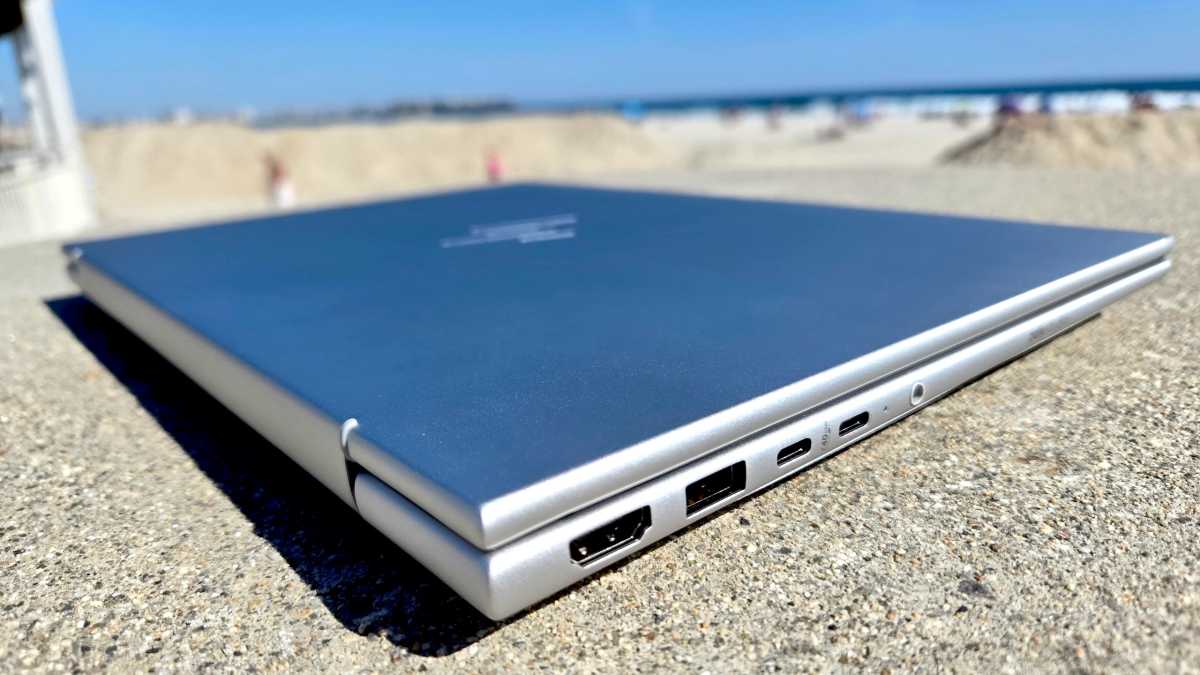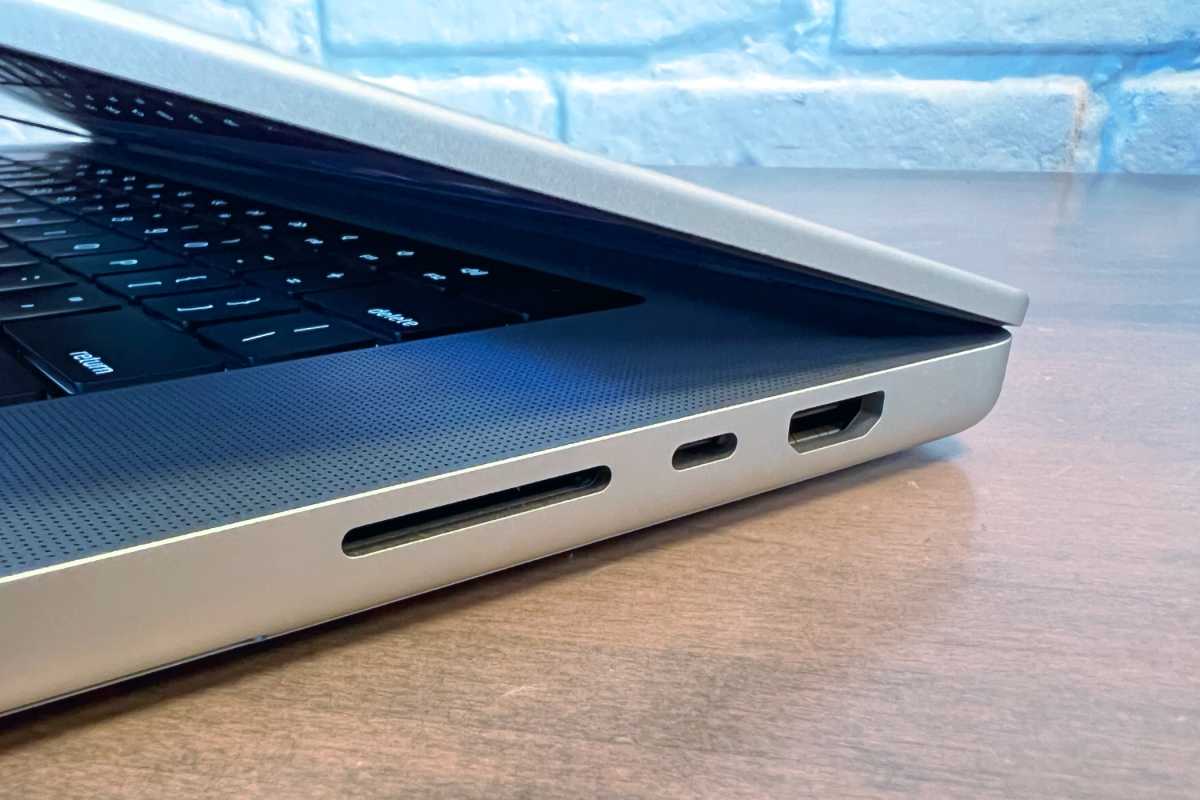A disturbing trend has taken hold in the laptop world: as prices soar, essential ports are vanishing. It’s a frustrating reality I’ve observed throughout my time reviewing machines, witnessing budget-friendly models generously equipped while premium laptops become increasingly isolated.
The omission of practical connections feels fundamentally wrong. Why would someone investing a significant sum in a high-end laptop be forced to rely on dongles and adapters for basic functionality like connecting an HDMI cable or even headphones? Yet, this is becoming the norm.
Consider the Dell 16 Premium, a $3,199 machine lacking both HDMI and USB-A ports. Contrast that with the Acer Aspire Go 15, a remarkably capable $499 laptop that includes both. The disparity is stark and speaks to a troubling shift in priorities.

The Lenovo Yoga Slim 9i 14, priced at $1,899, exemplifies this issue, shockingly omitting a headphone jack altogether. Just two USB-C ports are all that’s offered. Meanwhile, business-focused laptops, like the HP EliteBook 6 G1q with 5G, often prioritize connectivity, including Ethernet and HDMI, recognizing the needs of professionals.
Manufacturers seem fixated on aesthetics – sleek designs, thin profiles, and tapered edges – often at the expense of practicality. It’s as if a wireless future is being prematurely imposed, forcing users to adapt to a world of adapters and docks.
It’s ironic that manufacturers actively *market* port selection on business laptops, touting the convenience of avoiding dongles. They acknowledge the value of connectivity for professionals, yet simultaneously strip it away from their premium consumer models.

The situation isn’t Apple’s fault. In fact, MacBooks generally offer *more* ports than comparable Windows laptops. Apple still includes audio jacks in all its models, a feature increasingly absent in high-end Lenovo machines.
The pursuit of thinness is mirroring a past obsession with bezels. Just as reviewers once fixated on minimizing the borders around screens, manufacturers now prioritize sleek designs, sometimes sacrificing essential functionality in the process. A beautiful laptop is useless if you can’t easily connect your devices.
The focus is shifting from what a laptop *does* to how it *looks*. If removing a port makes a machine appear more impressive in a photograph or on a store shelf, manufacturers seem willing to make the trade-off. This prioritizes form over function, ultimately diminishing the user experience.

When purchasing a laptop, scrutinize the port selection. Prioritize models with HDMI, an SD card slot, and potentially Ethernet. Consider the convenience of USB-C ports on both sides for easy charging. These details are crucial and often overlooked.
Sadly, a well-connected laptop is increasingly found in the budget category. If you rarely connect external devices, a minimalist premium laptop might suffice. But for those who value practicality and versatility, the search for a fully-equipped machine is becoming a frustrating endeavor.






